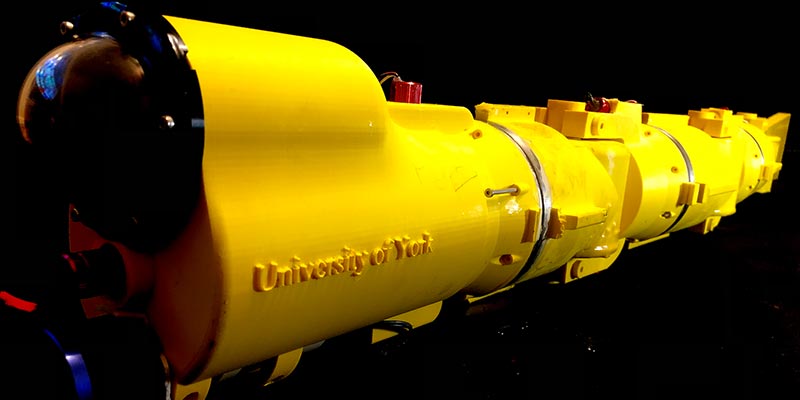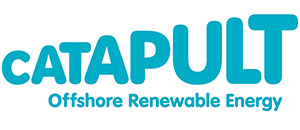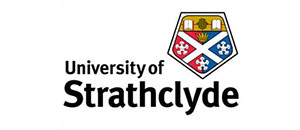
RoboFish

Mark Post
Research Title: Lecturer (Assistant Professor) in Robotics and Autonomous Systems
Dr Post's research interests focus on technologies to make robots and vehicles fully autonomous for long periods and capable of mobility, sensing, and adaptability in harsh and distant environments.

Wael Gorma
Research Title: Research Associate
Dr Gorma's research interests include multiple-access and medium access control and sharing for wireless radio and acoustic sensor networks in extreme environments.
Partners
This project is supported by the EPSRC Supergen ORE Hub Flexible Fund Program Grant number EP/S000747/1, with additional generous support provided by PicSea Ltd, East Coast Oil and Gas Engineering Ltd, and the UK Offshore Renewable Energy Catapult. The support of the White Rose Collaboration Fund is also acknowledged for bringing together expertise from the Universities of Leeds, Sheffield, and York that directly benefits this project and future AUVs. To model and design a bio-inspired structure, our partner at the University of Strathclyde Department of Naval Architecture, Ocean and Marine Engineering, Fluid Structure Interaction (FSI) & Computational Fluid Dynamics (CFD) Research Group, led by Dr Qing Xiao, is performing fully coupled computation fluid dynamic simulations and developing both the structural design and the control system of this biomimetic robotic fish.







